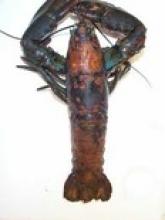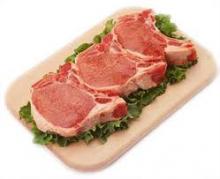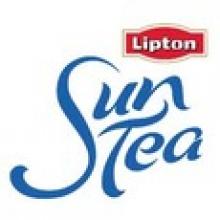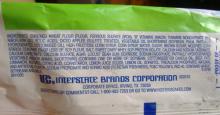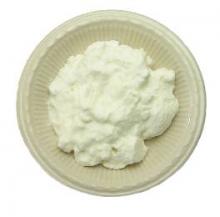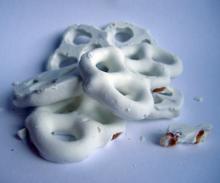Goodbye, Sliced Pyramid: Hello, Plate
But the new pyramid was just downright confusing. I never could make heads or tails of it, and I always wondered why they didn't just use a pie chart in the first place. (I also wondered why someone was walking up the side. It gave an air of progression that made no sense, given the graphic. Nothing about that thing made any sense whatsoever.)
One of many problems with the second generation pyramid was that it didn't come with a key. Nowhere on the MyPyramid.gov website am I able to find a pyramid graphic with a key beside it. The colored slices remain resolutely un-labeled. The best you can do is flip back and forth between this page and this one to see what you should be eating. And even so, it's not like you can get any meaningful information on the serving number or sizes.
I'm still not sure why they have to make it into a plate. Why not just present a pie chart? The American public is pretty familiar with pie charts. Even USA Today uses pie charts with abandon! Why dress it up like a plate? I don't know. Sometimes you really have to wonder what's going on at the USDA.
My question is how the plate will represent the latest round of USDA dietary suggestions, which I like to call, "Please eat a vegetable, just one!" These guidelines were much more broad than earlier versions, which dictated the number and size of the portions the government recommended.
The original food pyramid came under fire from a number of quarters for pushing grains. In 1992 the USDA released the familiar original food pyramid, in which the "Bread, Cereal, Rice and Pasta Group" was the largest segment by far, with a whopping 5-11 servings recommended daily.
In 2005 the USDA revised its pyramid, and knocked carbs down to 6-8 servings a day. They also meekly suggested that "at least half" of these should be whole grains. (Most Americans go days, even weeks without eating a whole grain. Our national lack of healthy dietary fiber is but one of many health problems we face.)
In January of this year, the USDA released a new set of recommendations. You get the feeling someone in the government just threw their hands in the air and said, "I don't really care what people should eat, they should just eat less of it."
These new guidelines also flipped some earlier recommendations, and advised that you should "make half your plate fruits and vegetables." It also offered real-world suggestions like "Drink water instead of sugary drinks." In case this hadn't occurred to you!
At any rate, I await the announcement of The Plate with bated breath!

